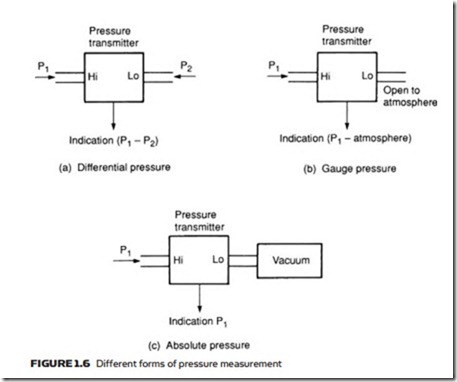Work, energy and power
Work is done (or energy is transferred) when an object is moved against a force, and is defined as:
In the Imperial fps system expression 1.5 gives a unit of ft lb f. For metric systems the unit is cm kg f. The SI unit of work is the joule, where 1 J = 1 N m (= 1 m2 kg s−2). Table 1.8 compares these, and other, units of work.
Power is the rate at which work is performed:
Related posts:
Financial justification:Capital cost savings
Selection process retrofitting to existing equipment:Flow charts
Optimizing and up-rating of existing systems:Case study
Review of pneumatic conveying systems:Innovatory systems and Plug forming systems.
Fine material:Dense phase conveying of cement
Design procedures:Logic diagram for system capability and Specify bounding conditions
ROUBLESHOOTING PNEUMA TIC CIRCUITS:GLOSSARY
HYDRAULIC FLUIDS:Density and Specific Gravity
Applications of hydraulic systems:Advantages of hydraulic systems
LINES, FITTINGS, AND SEALS:Hose Connection Side of Hose Fittings.
Service units.
Process Control Pneumatics:volume boosters
POWER AND REFRIGER A TION CYCLES:AN OVERVIEW OF RECIPROCATING ENGINES
GAS MIXTURES AND PSYCHROMETRICS:P-v-T BEHAVIOR OF GAS MIXTURES: IDEAL AND REAL GASES
GAS MIXTURES AND PSYCHROMETRICS:DRY AND ATMOSPHERIC AIR


